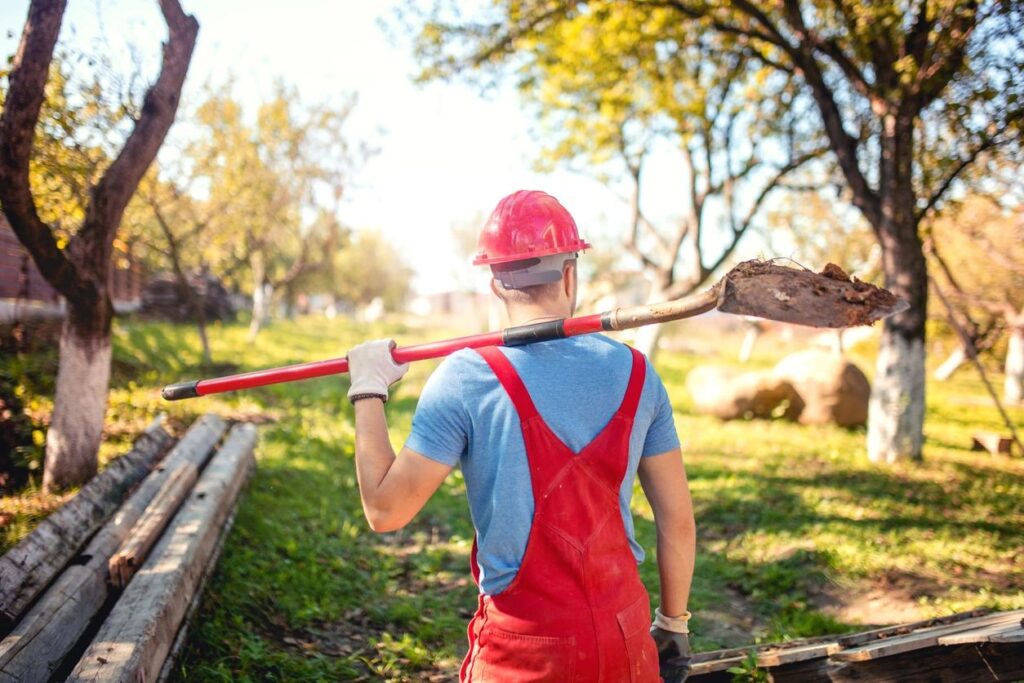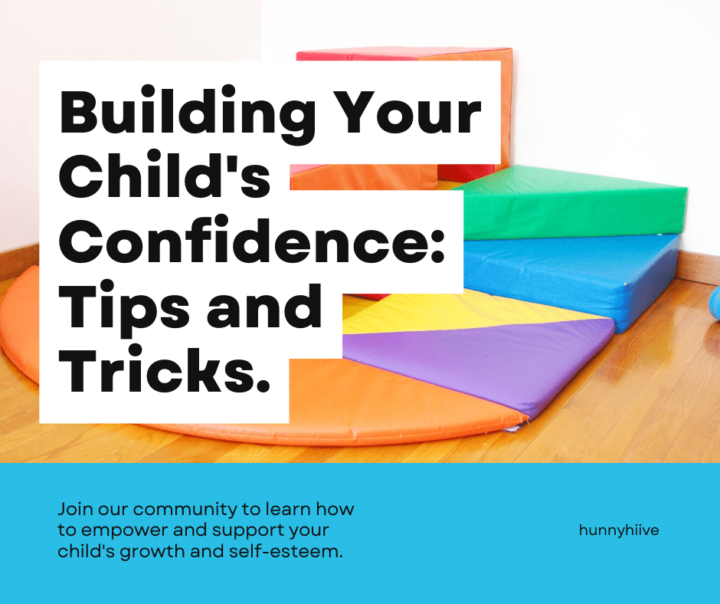Fluttering Beauties
How to Grow a Butterfly Garden with Your Kids
Watching butterflies flit and flutter among the flowers is a magical experience that captivates the imagination of both children and adults alike. In this guide, we’ll explore the enchanting world of butterfly gardens and provide practical tips on how to design, plant, and nurture one with your children.
1. Understanding Butterfly Gardens
Begin by explaining to your kids what butterfly gardens are and why they’re important. Discuss the life cycle of butterflies, from egg to caterpillar to butterfly, and the role of nectar-rich flowers in providing food and habitat for these beautiful creatures. Show them pictures of different butterfly species to spark their interest and excitement for the project.
2. Selecting Butterfly-Friendly Plants
Next, gather materials and select plants for your butterfly garden. Choose a variety of nectar-rich flowers and host plants that attract butterflies and provide them with food, shelter, and habitat. Some popular choices include butterfly bush, milkweed, coneflower, and verbena. Consider factors such as sunlight exposure, soil type, and available space when selecting plants for your garden.
3. Planning Your Garden Layout
Work together with your kids to plan the layout of your butterfly garden. Consider factors such as sunlight exposure, soil type, and available space, and sketch out a rough plan for the garden. Divide the garden into different planting zones and decide where to place plants to create a visually appealing and functional habitat for butterflies.

4. Planting and Nurturing Your Garden
Once you have a plan in place, it’s time to start planting your butterfly garden. Begin by preparing the soil and planting your chosen plants according to their needs and spacing requirements. Water the plants regularly and mulch around them to conserve moisture and suppress weeds. Encourage your kids to help with planting and watering, teaching them proper gardening techniques along the way.
5. Observing and Identifying Butterflies
Encourage your kids to observe and identify the butterflies that visit your garden. Keep a butterfly field guide handy and teach them how to identify common butterfly species by their size, color, and wing patterns. Create a butterfly journal where they can record their observations and learn more about the life cycle and behavior of butterflies.
6. Creating a Butterfly-Friendly Environment
In addition to planting butterfly-friendly plants, create a welcoming environment for butterflies by providing other resources such as shallow dishes of water, rocks for basking, and sheltered resting spots. Avoid using pesticides and herbicides in your garden, as these can harm butterflies and other beneficial insects. Encourage your kids to become stewards of the environment by practicing organic gardening methods and supporting butterfly conservation efforts.

Conclusion
Growing a butterfly garden with your kids is a rewarding and educational experience that fosters a love and appreciation for nature. By working together on this project, you’ll create a beautiful and biodiverse habitat that provides food, shelter, and habitat for butterflies and other pollinators. So gather your materials, roll up your sleeves, and get ready to embark on a colorful journey into the world of butterfly gardening with your little ones!




